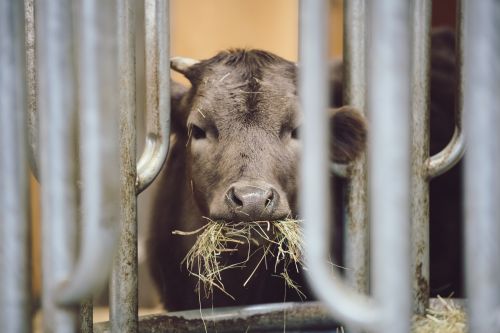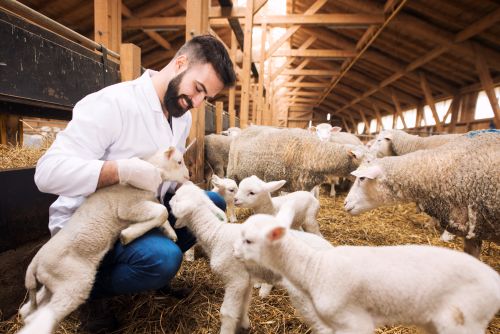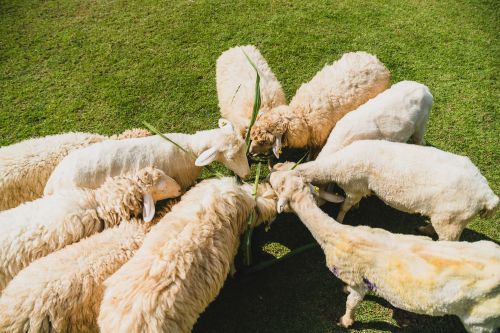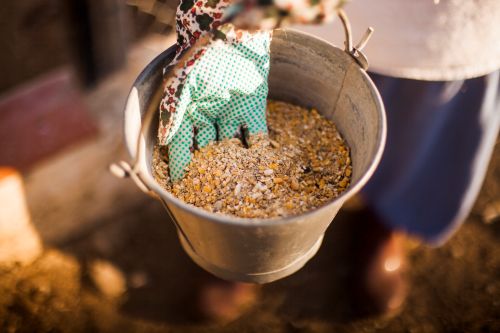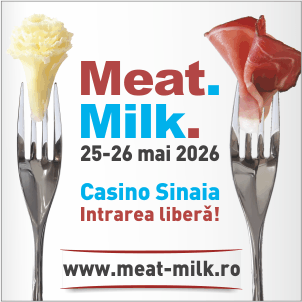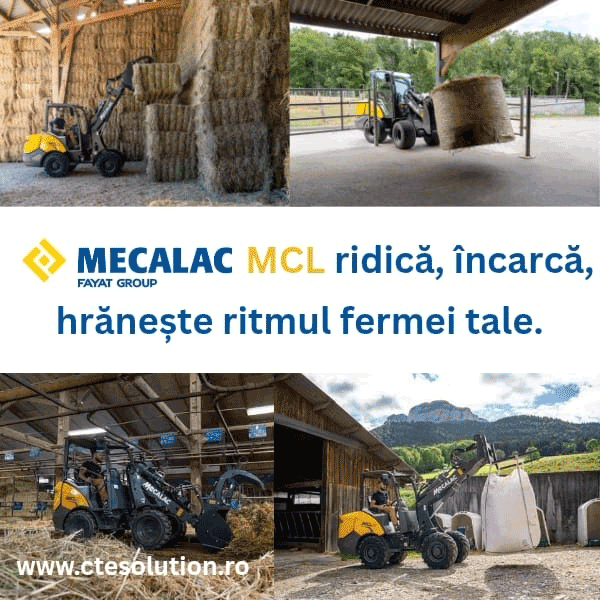260
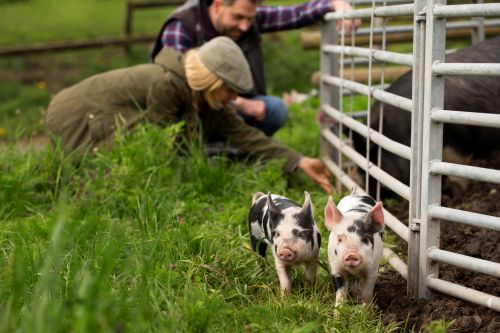
Romanian livestock farming is being called upon to reduce its environmental impact without compromising productivity. According to Eurostat (2024), the livestock sector contributes approximately 17% of total agricultural greenhouse gas emissions, with the main source being methane from enteric fermentation and manure management.
The European Commission, through the Green Deal and the new Methane Action Plan 2030, recommends a 30% reduction in methane emissions by the end of the decade. For Romania, this goal is feasible only through technological adaptation on farms: covering manure platforms, using biogas digesters, employing feed additives that reduce fermentation, and improving feed management for cattle and pigs.
The AFIR finances these investments through Measure DR-27 – “Sustainable Management of Livestock Manure”, with a budget of €250 million. In 2024, over 400 farms applied for the installation of modern manure storage and treatment systems. The Ministry of Agriculture and Rural Development (MADR) estimates that adopting these solutions could reduce ammonia emissions by 20–25% and nitrogen losses by over 15%, while simultaneously improving the quality of organic fertilizers.
Beyond the climate benefit, farms that implement such practices become more competitive and eligible for eco-support schemes. The transition to low-emission livestock farming is not an obligation imposed by Brussels, but a real opportunity for modernization and efficiency.
(Photo: Freepik)
